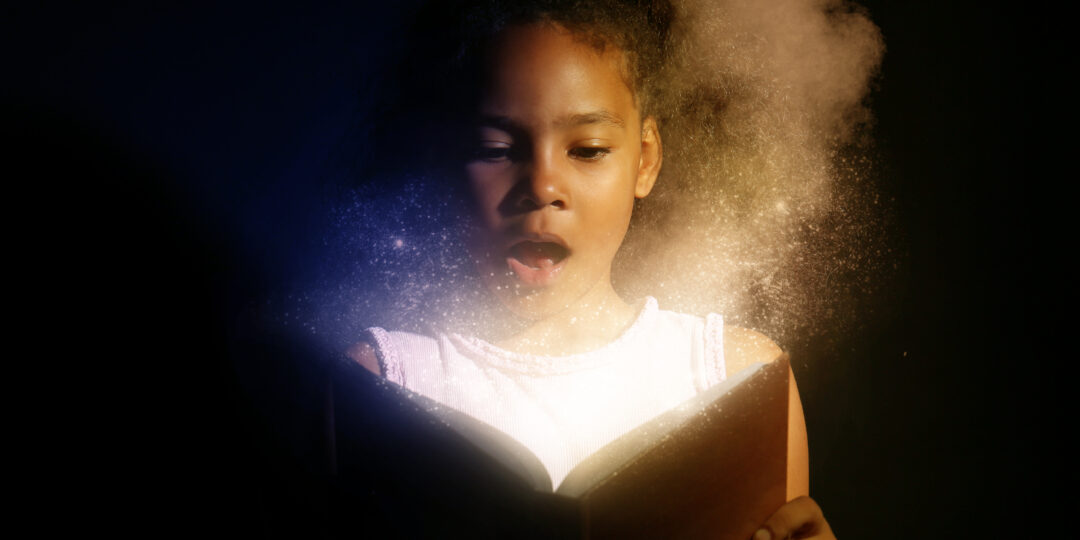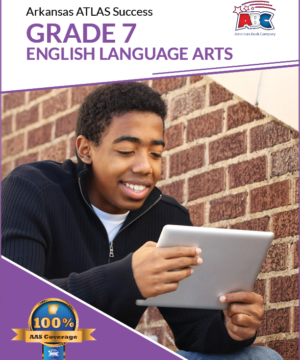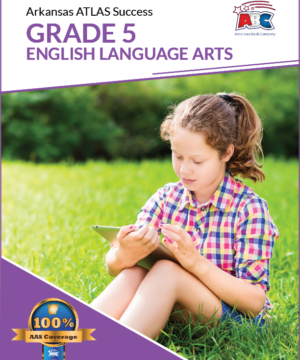Build a Lifelong Love of Reading over Summer Break
- May 09, 2022
- By American Book Company
- In Blog

Build a Lifelong Love of Reading over Summer Break
by Aimee Benson
With summer break hurtling closer, kids everywhere are looking ahead to sunny summer vacation days, and schools are publishing summer reading lists. These are the years when children start to become lifelong readers–and educators and parents can help that process!
Build summer reading lists with flexibility in mind: rather than a set list of books, select a list of themes, and suggest a handful of books for each theme–this way, kids have suggestions for further reading on the theme if they enjoyed the first book they chose! For early readers, books about friendship or conquering fears may be great themes. For middle grades, broader themes such as loyalty and trust, changing family relationships, or exploration and new ideas might lead to fascinating discussions when students return to school in the fall. And for older students, books that tie in with other subject areas, particularly the social sciences and humanities, give students context to make deeper connections and analyses when those subjects come up in the classroom.
Beat the heat at your local library! Libraries often offer summer programming for kids in the community. Make trips to the library an event, celebrate getting a library card, and encourage kids to choose books to bring home and enjoy.
Empower kids to make their own choices in regards to reading materials. As a teacher or parent, it’s natural to want to share your enthusiasm for a beloved book from your own childhood–and that’s wonderful! But by allowing children to choose the books, comic books, or graphic novels that appeal to them, you teach them to love the idea of reading–and the unique joy of discovering a new book to love. On that note–comic books and graphic novels add extra visual context and can help build vocabulary and confidence in reading. All books are “real” books–the important thing is that the kids are reading–and loving it.









